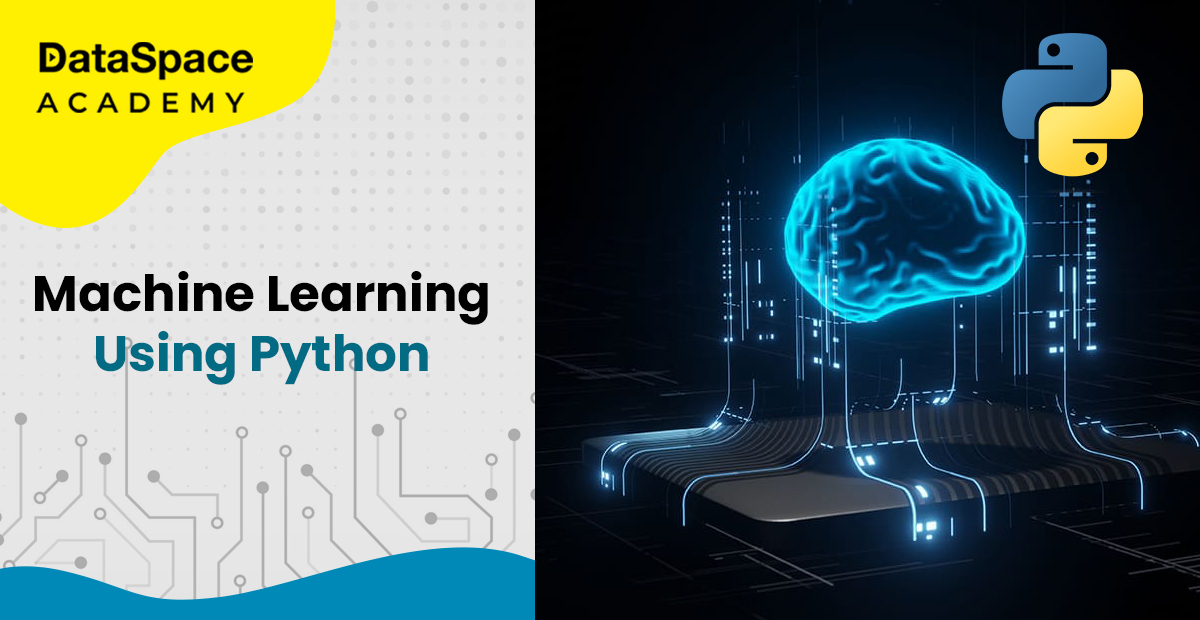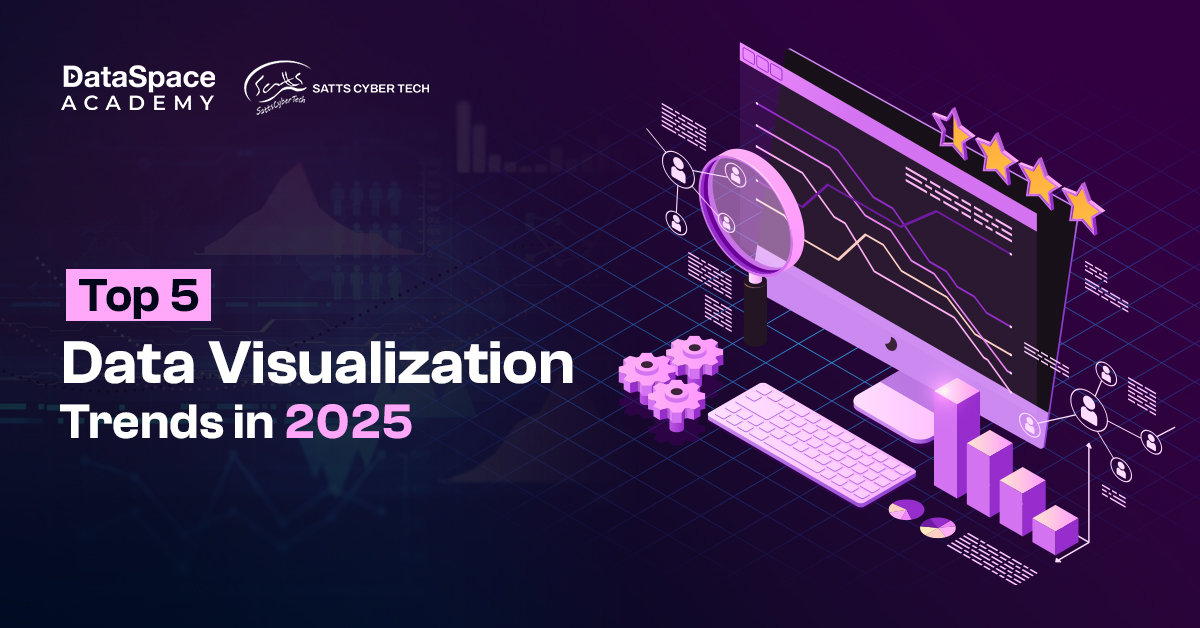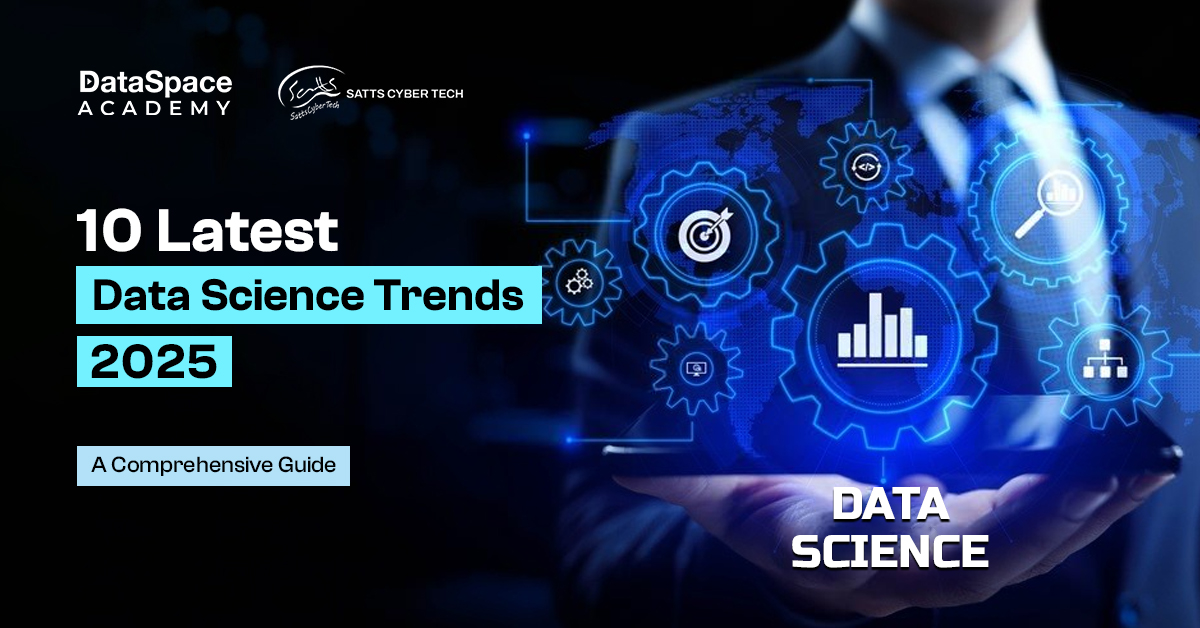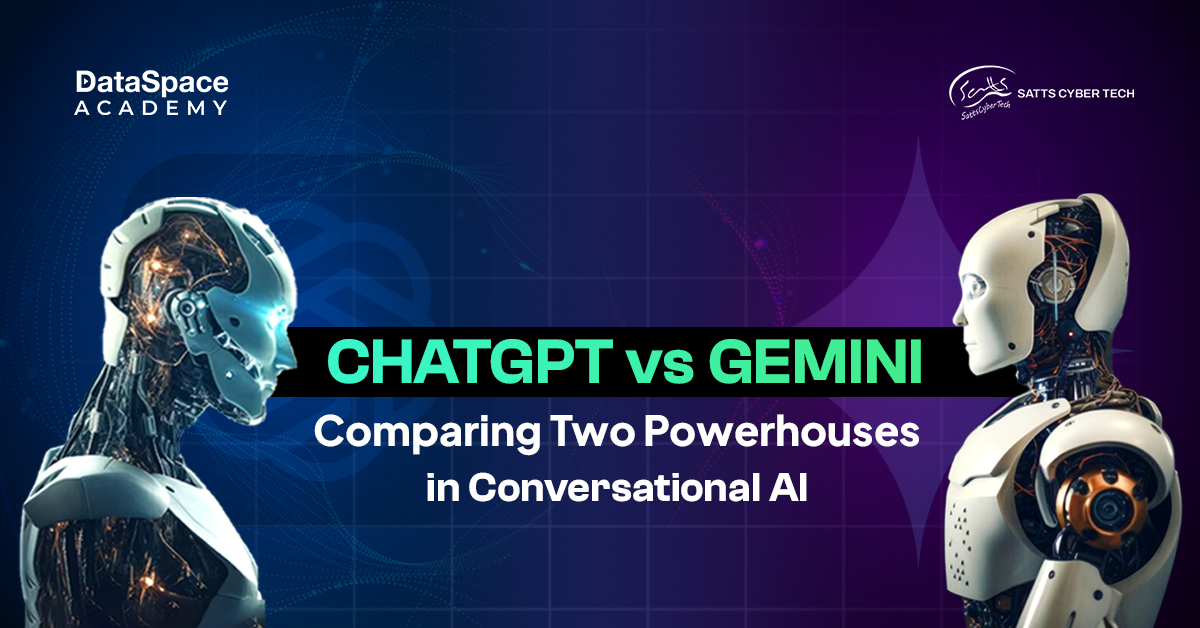Kick-Off Euro 2024: Football Predictions with Machine Learning
Last Updated : 03 Jun, 2024
 1.29L
1.29L

Introduction
As the excitement steams up for the upcoming Euro Cup 2024 (scheduled from 14th June), fans across the globe are eagerly anticipating the high-voltage matches and unforgettable moments. Amid the passion and unpredictability of the game, a new player has emerged—not on the field, but behind the scenes. This player doesn’t dribble, tackle, or score goals, but it has the potential to revolutionise the way we understand and predict football matches. Debuting the scene is machine learning, a sophisticated technology that is transforming football prediction backed by data-driven insights.
Imagine a veteran football analyst on TV, diving into heaps of stats, player backgrounds, and team chemistry to forecast an electrifying match that might defy expectations. Now, this same process is amplified by the power of machine learning that can analyse vast datasets in just seconds! The cutting-edge technology is also able to identify patterns and trends that even the most experienced human expert might miss.
As we gear up for Euro 2024, machine-learning models are being trained on historical match data, player performance metrics, weather conditions, and countless other variables. These models, fueled by complex algorithms, are not just predicting outcomes but also uncovering the subtle nuances that can alter the fate of a game and even the future of a team.
The AI football predictions in predicting Euro 2024 matches is equal to having a super-intelligent analyst who can disrupt the analytics of football fever forever.
Why bank on ML for football prediction?

Predicting the outcome of high-voltage soccer matches has always been difficult because of the unpredictable nature of the game. The ML technology simplifies this footbal match prediction game, scaling it to a higher level of accuracy. Multiple ML techniques are used for football prediction including – Gradient Boosting (GB), Random Forest (RF) algorithm, Logistic Regression, Neural Networks and Deep Learning, Natural Language Processing (NLP), Reinforcement Learning, Bayes Theorem, Naïve Bayes Structure, to name a few.
ML-based prediction techniques leverage vast amounts of data to uncover hidden patterns and insights that human analysis might miss. This meticulous process has turned smarter with ML integration that combines player stats, team dynamics, and historical trends, for more accurate and nuanced predictions. This tech-driven approach helps fans and analysts alike make smarter, data-backed calls on game outcomes.
Want to launch a rewarding career as a data analyst in the thriving football industry worth $3300 million? Strike the match by enrolling in an industry-leading machine learning training online. Register now.
Deploying Machine Learning for Football Prediction
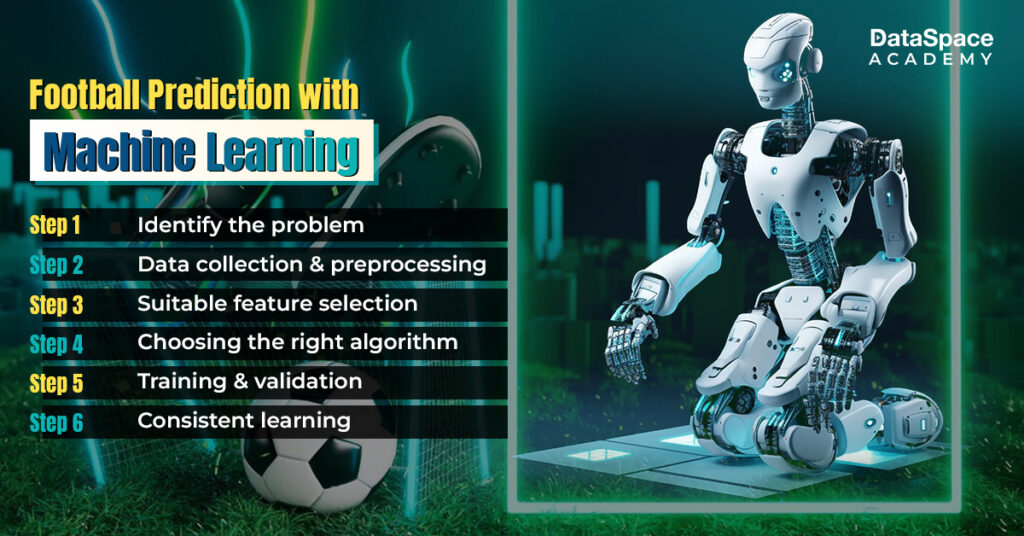
The rigorous process of football prediction using machine learning involves some key steps in building a predictive model. Let’s uncover the process step by step:
- Identifying the problem:
- Data collection and preprocessing:
- Suitable feature selection:
- Choosing the right algorithm for the right result:
- Training & Validation:
- Consistent Learning and Adaptations:
The first step is identifying the problem, which is the complex analysis process that involves a heap of factors. These include team performance, player statistics, past data, and even completely unpredictable factors like climate, and injuries. While humans might overlook important details when analysing data, machine learning can quickly process massive datasets to uncover hidden patterns and connections.
Data required for football match prediction is scattered all over the internet and can be fetched from various sources like official football databases, APIs, and websites. Once the data is collected, preprocessing is the immediate step. This step involves data cleaning, handling missing values, and transforming it into a suitable format for model training.
Feature selection is a crucial aspect of ML-driven Premier League predictions or any football championship for that matter. This step takes into account various parameters like
team statistics, player statistics, and match context.
Choosing the right machine learning algorithm—whether it’s logistic regression, decision trees, random forests, or neural networks—depends on several factors. It’s important to consider the size of your dataset and the computational resources available. Making the right choice ensures efficiency and effectiveness in your machine-learning projects.
To evaluate your model’s performance effectively, it’s essential to split the data into training and validation sets. The training set allows the model to learn from the data, and the validation set checks how well it applies this knowledge to fresh data.
To ensure maximum accuracy for the upcoming Euro Cup predictions 2024, it is essential to update your model and fine-tune it to stay in sync with the changes.
Conclusion
Machine learning is surely going to play a crucial role in predicting outcomes for Euro Cup 2024, offering advanced football prediction capabilities. By analysing vast datasets, including player statistics, team performance, and historical match data- ML models can uncover patterns and trends that traditional methods might miss.
These models enhance the accuracy of predictions, providing valuable insights for fans, analysts, and stakeholders. As technology evolves, machine learning’s impact on football prediction will grow, enabling more precise forecasts and strategic decision-making. Ultimately, this technological advancement will only enrich the Euro Cup experience, making the tournament even more engaging and insightful.
 1.29L
1.29L

